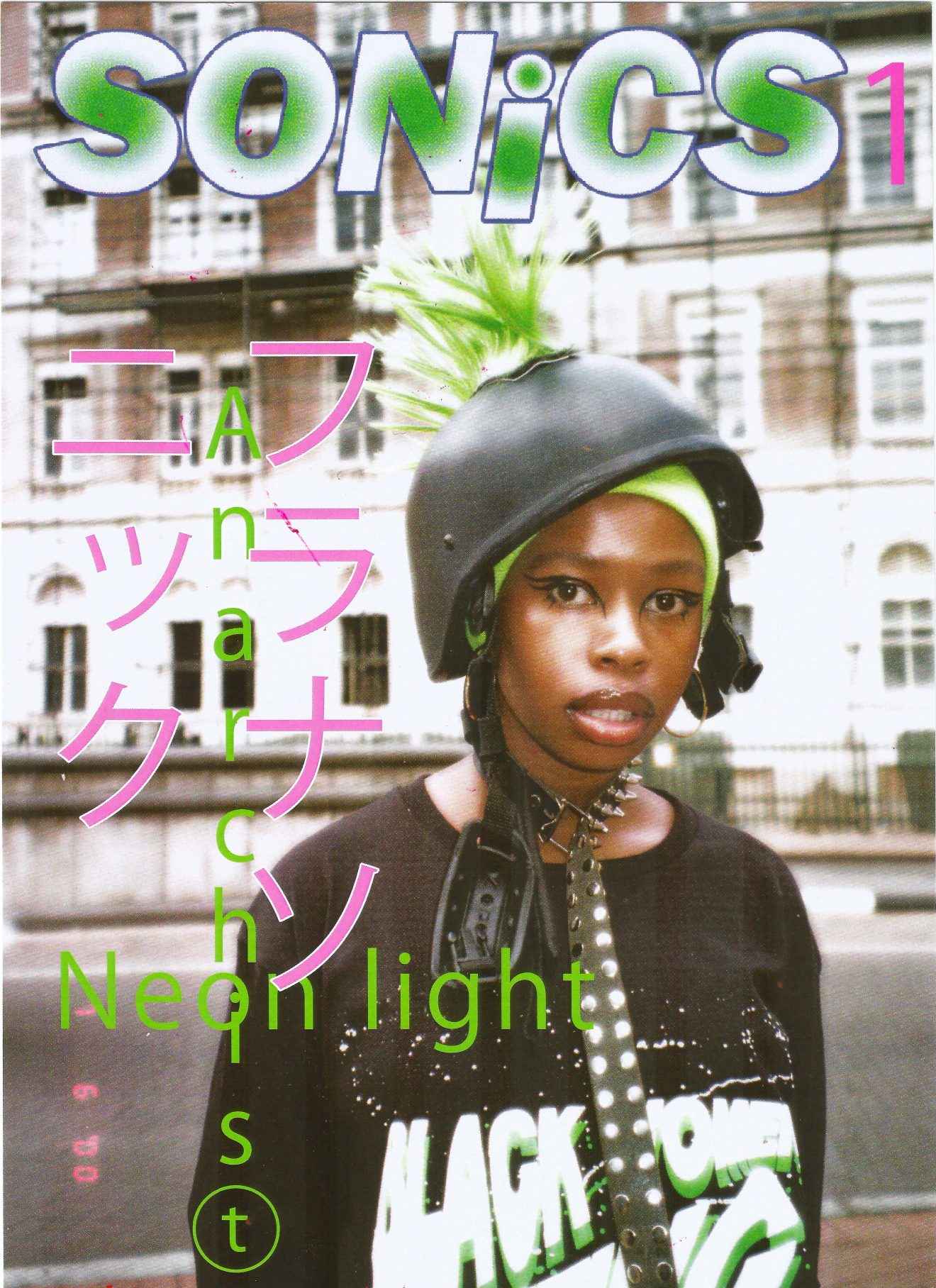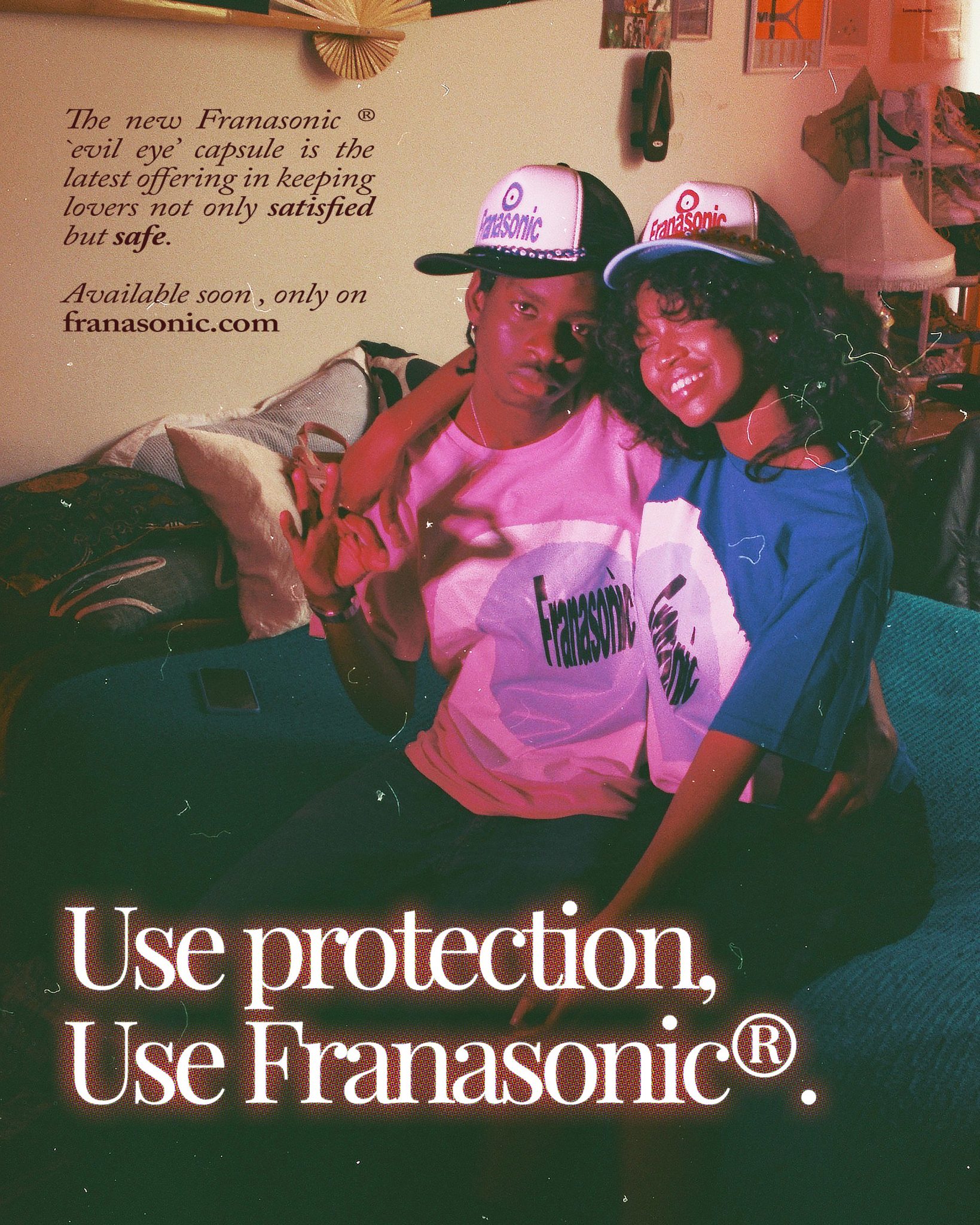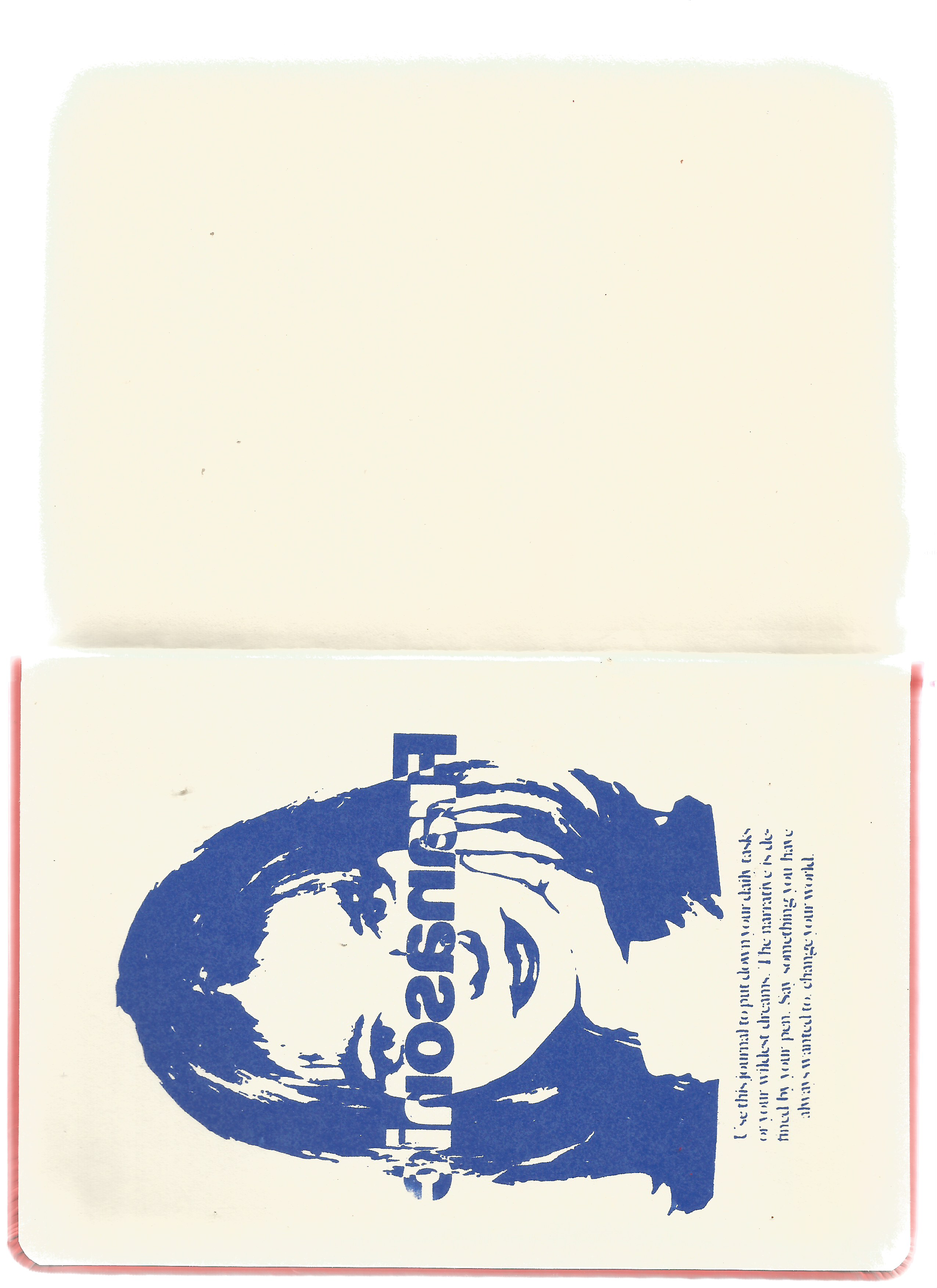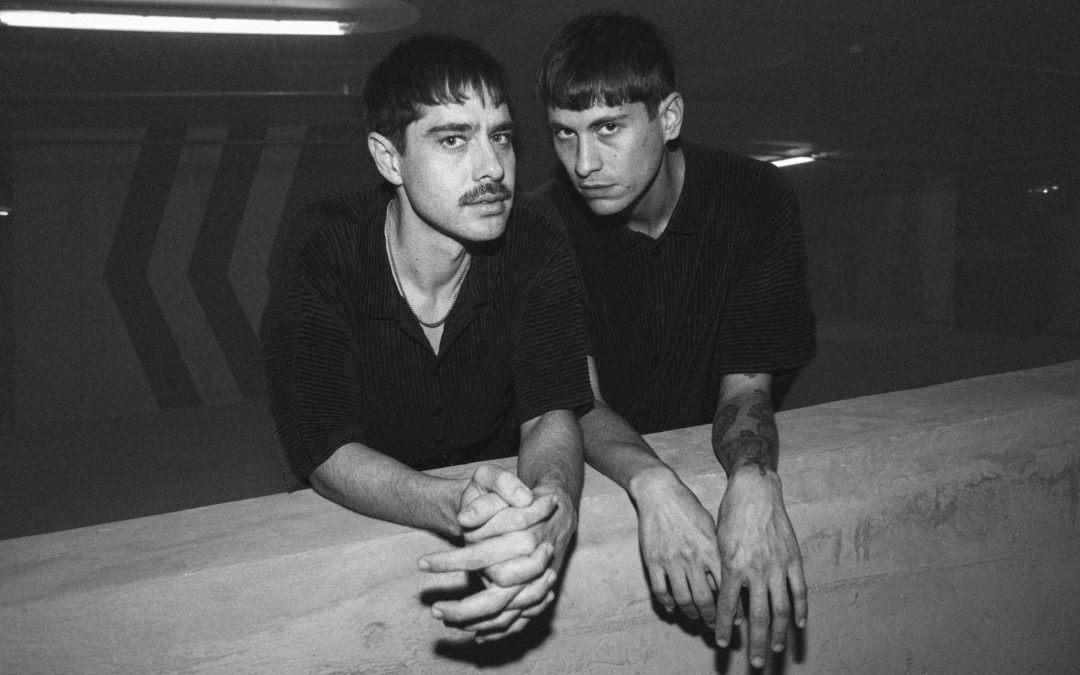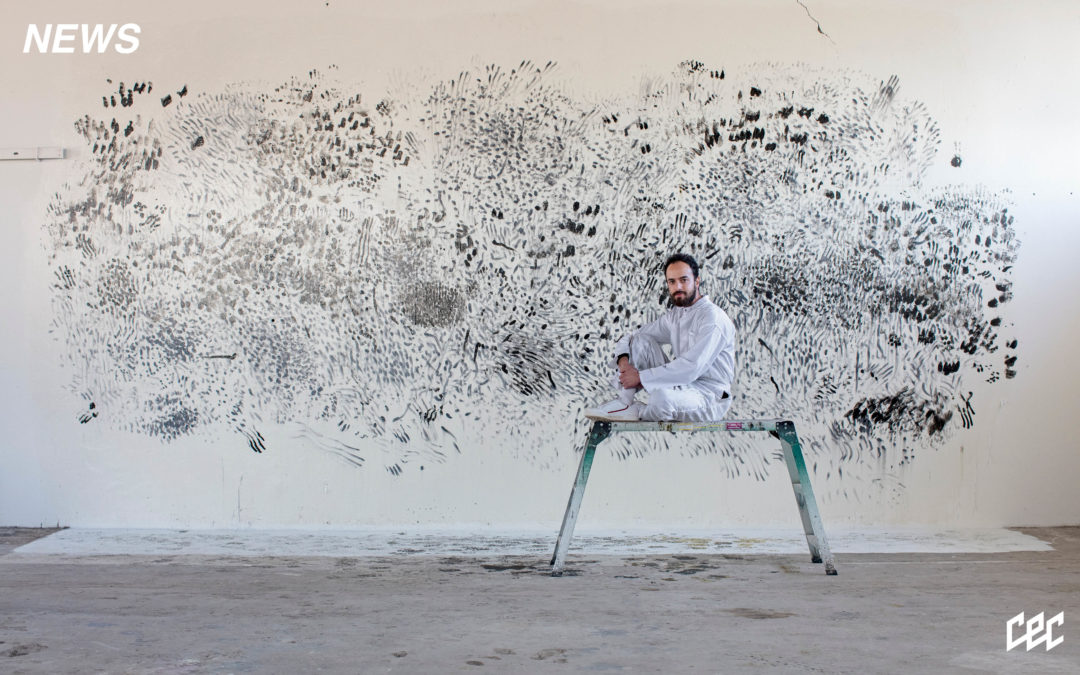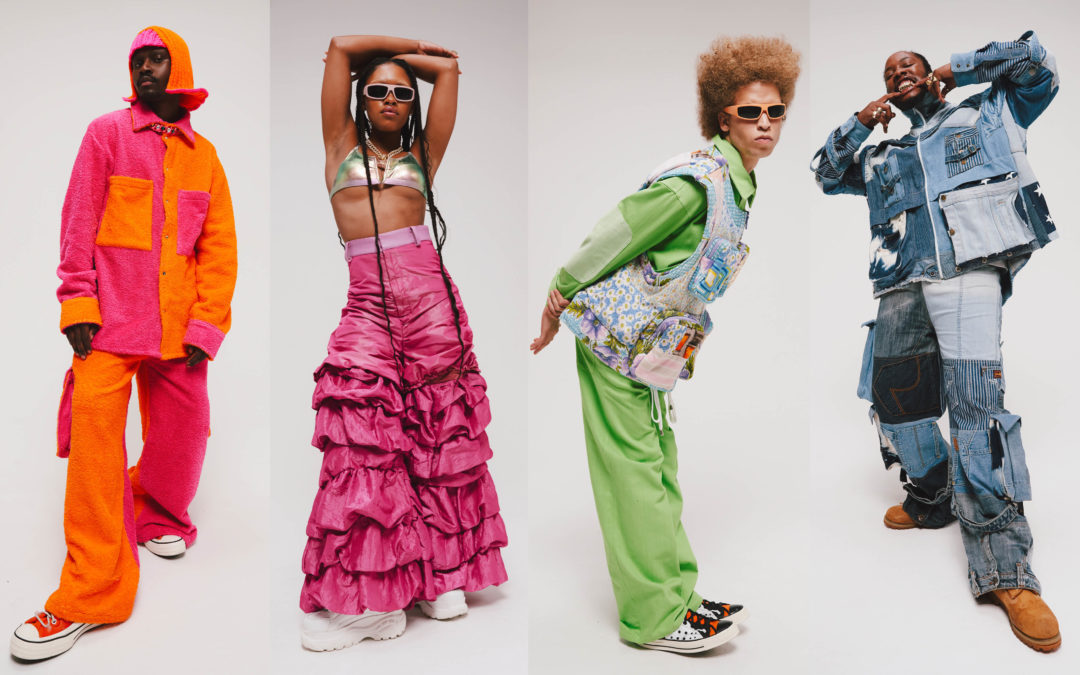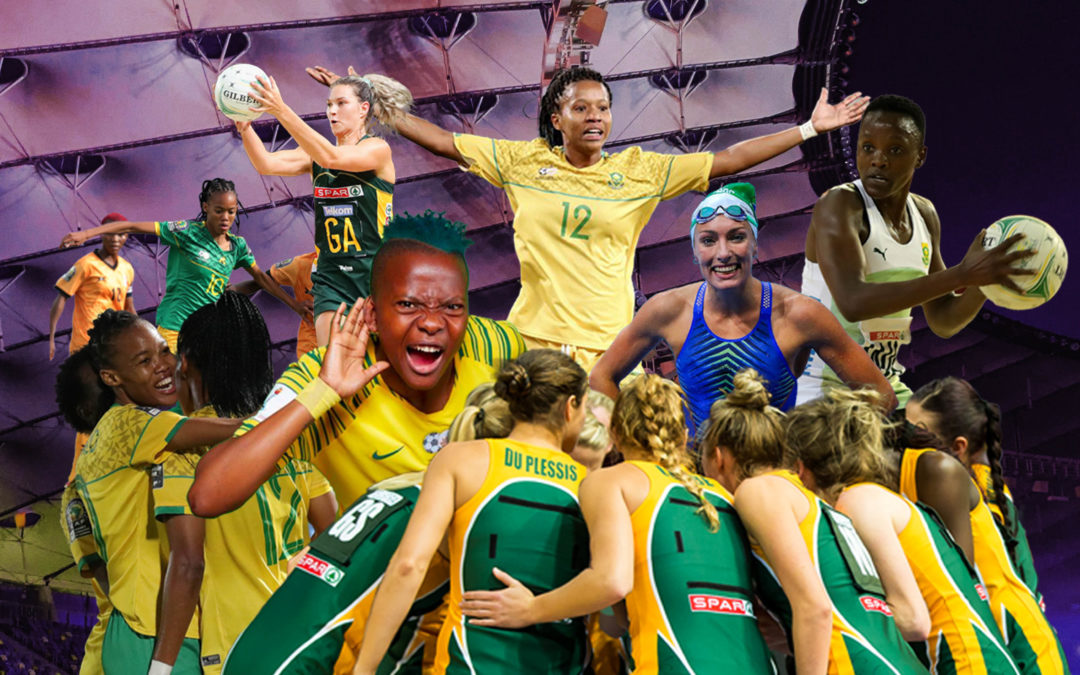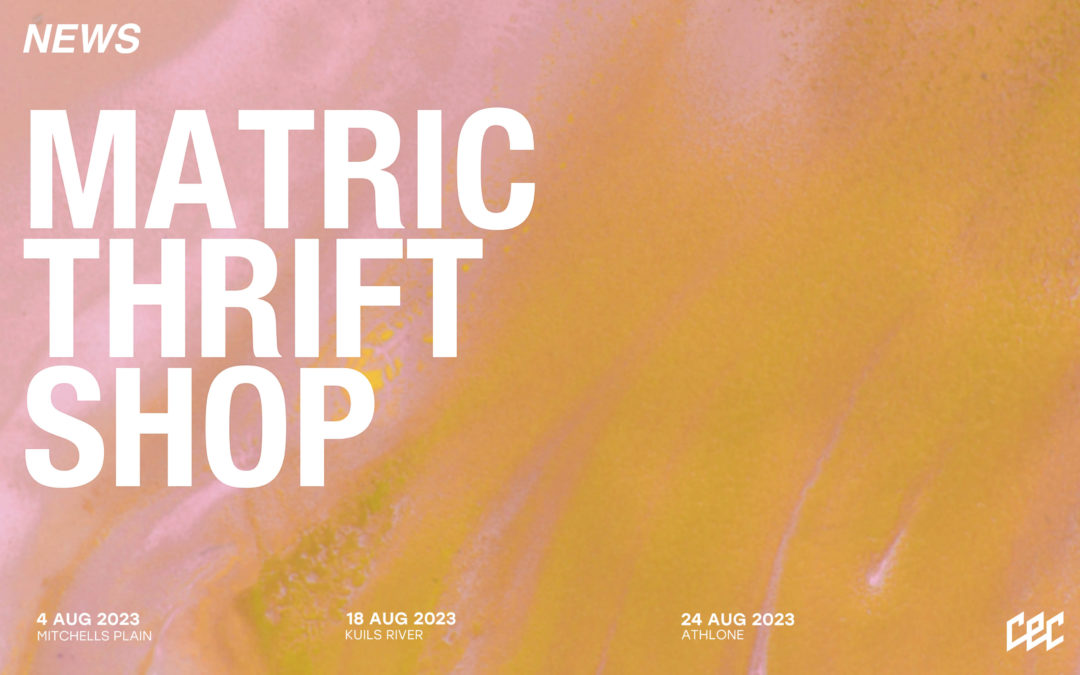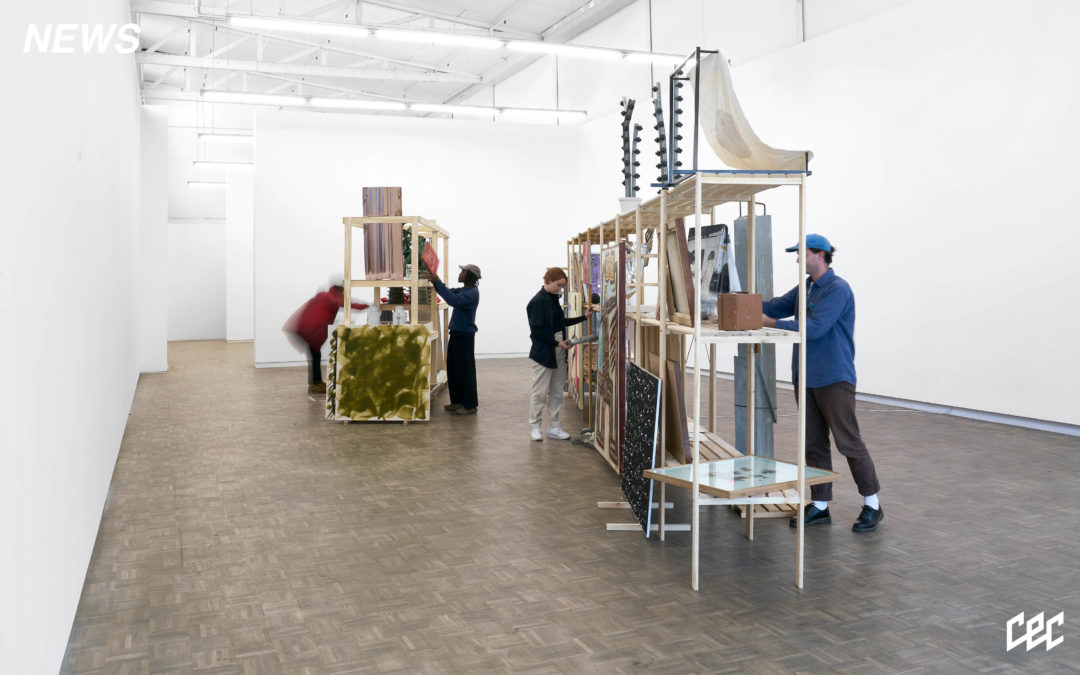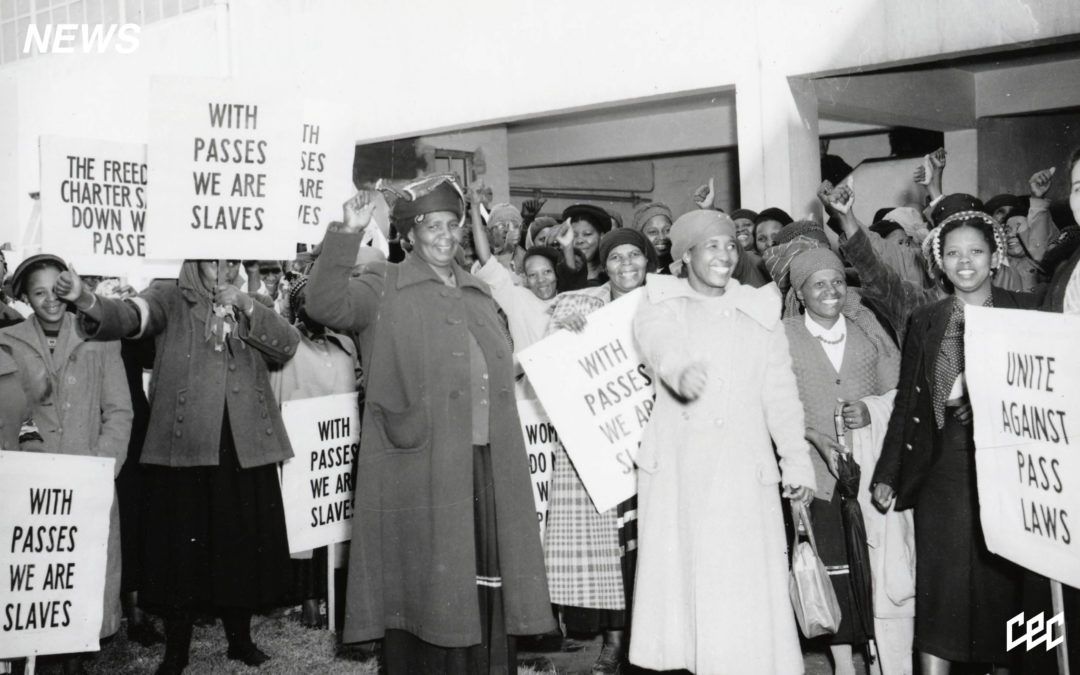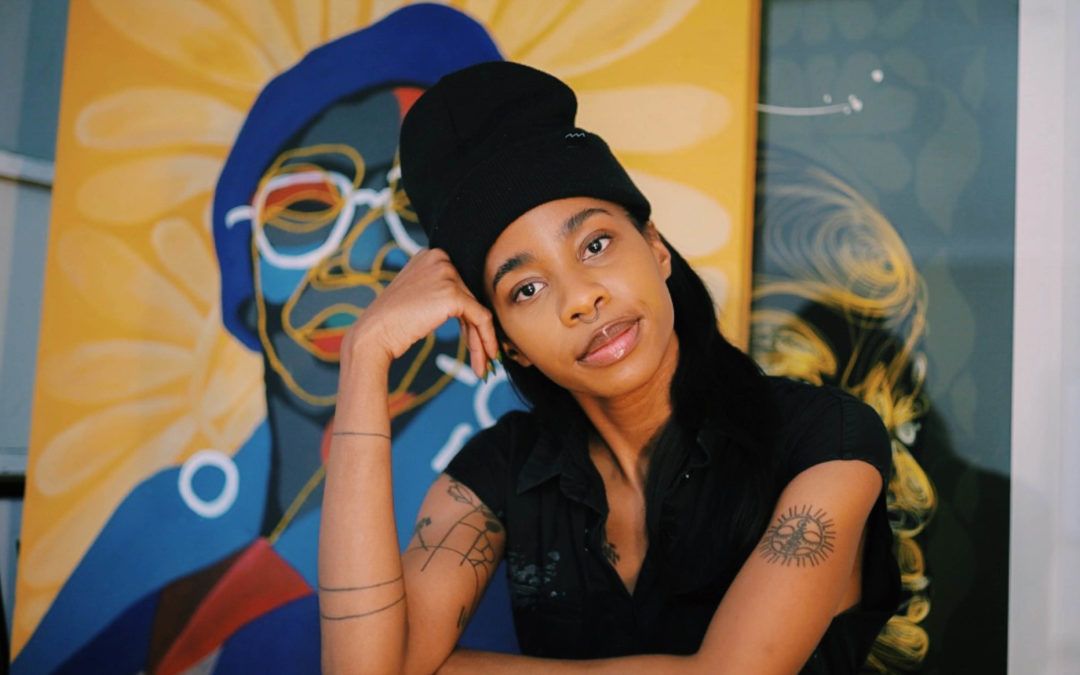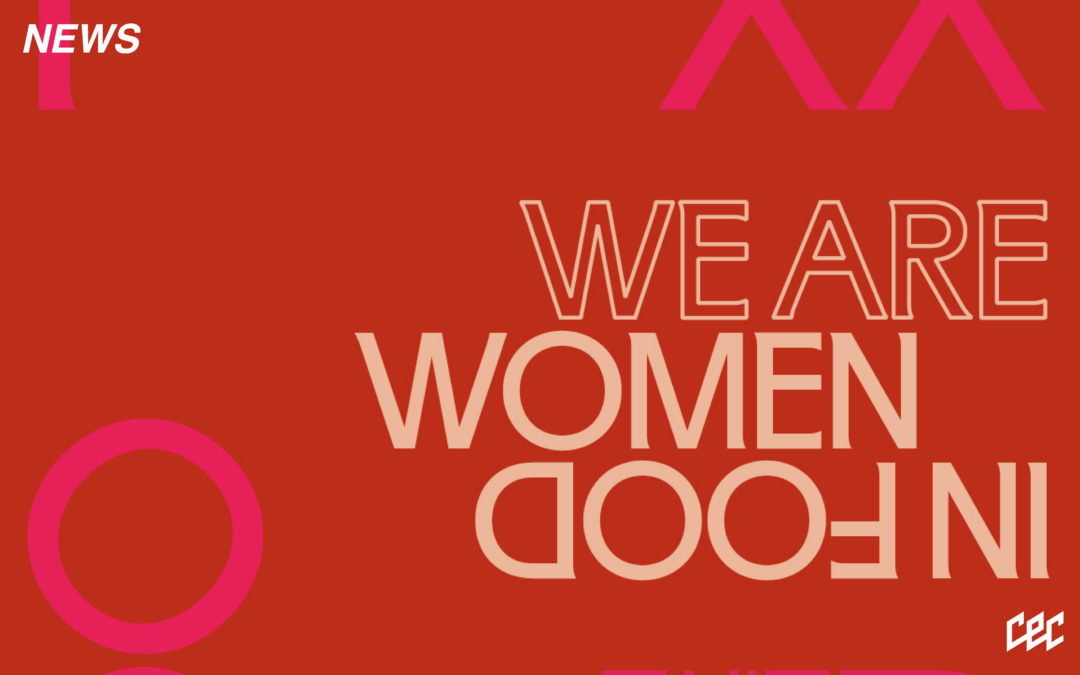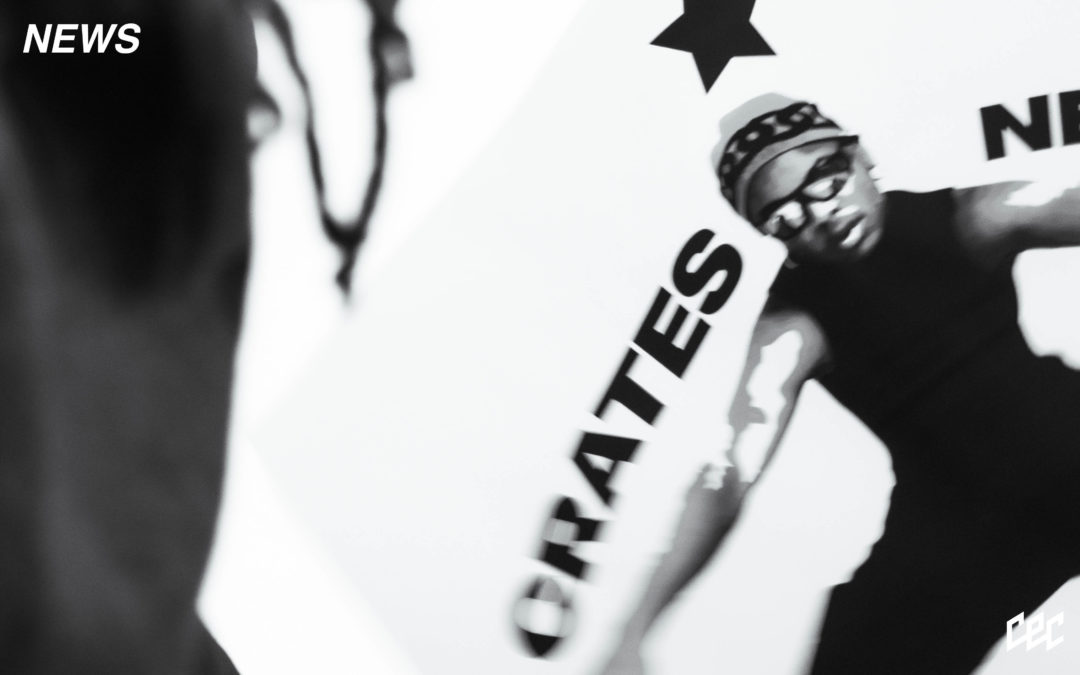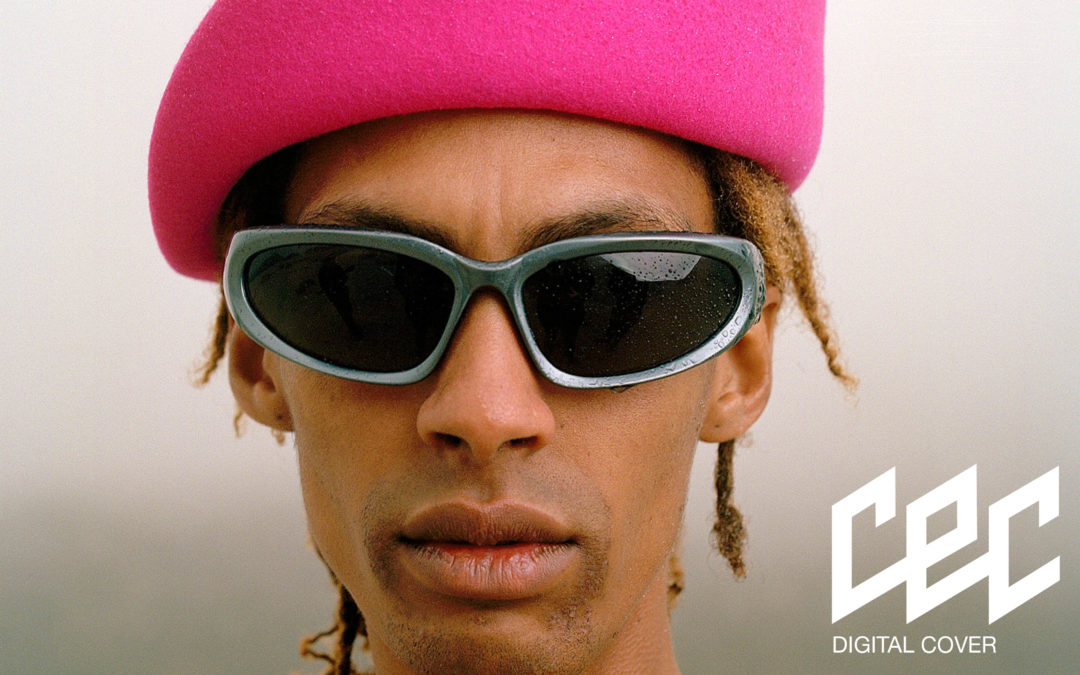

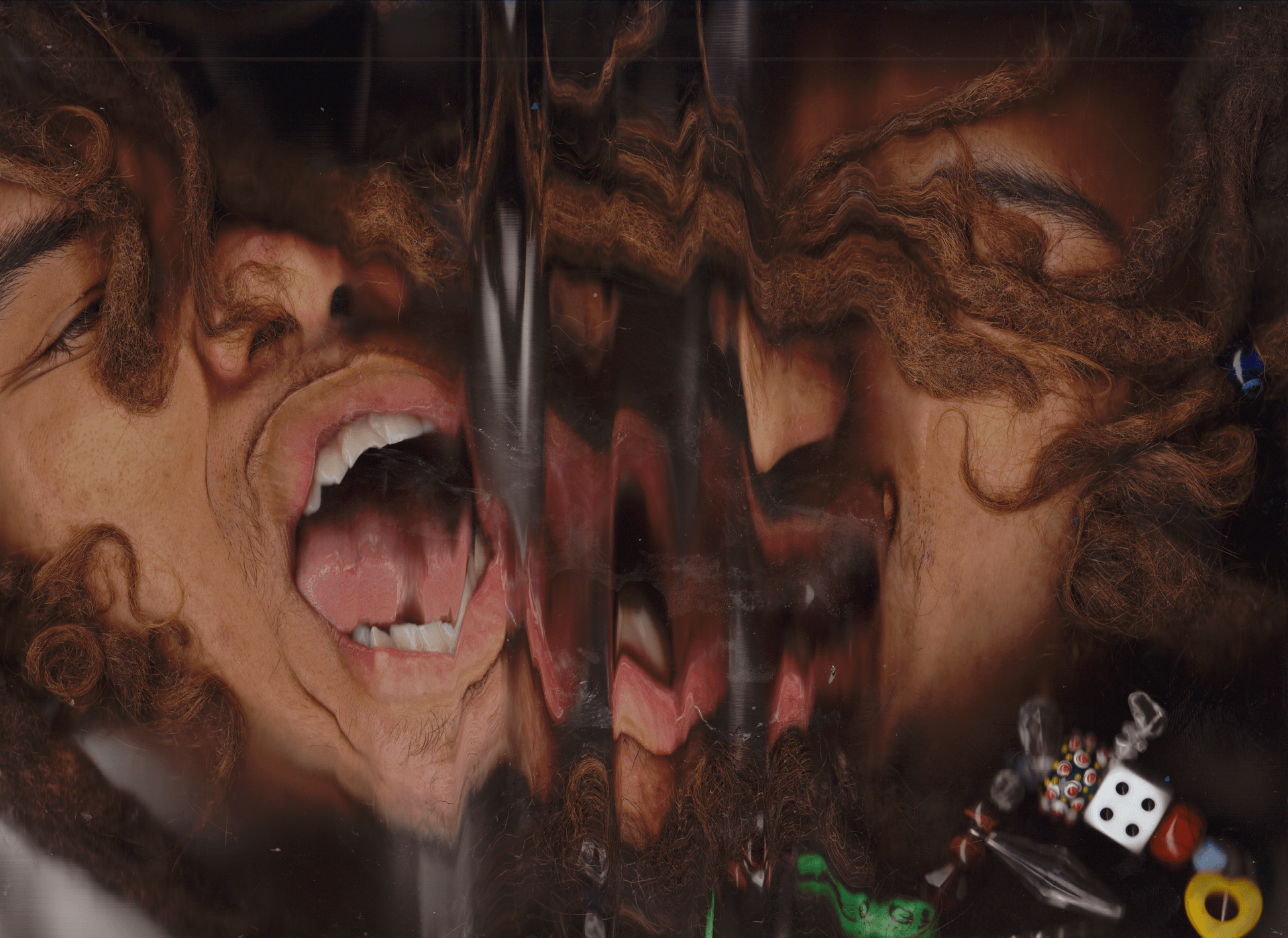
Historically, entire decades were defined and tempered by subcultures – today, we see an incredible wellspring of subcultures available to be chosen, played with and then moved on from – from the “cores” like gorpcore, cottagecore – one doesn’t really have to commit anymore, with the same kind of dedication, than before. Commenting on this, Francesco says, “I read somewhere that subcultures are dead. I think that’s true, in a way – because it’s so easy for someone to hop in and hop out. But I don’t think that necessarily dilutes it, because it’s more valuable for people to experiment with what they like, or don’t like – what feels true for them. I don’t think subcultures should be demanding of people, it’s contrary to their function – they should be a refuge from the demands and confines of society.” In a subtle way, some of Francesco’s expression is reminiscent of FRUiTS Magazine, the iconic publication by Japanese photographer Shoichi Aoiki – street style from Tokyo that showed young people in their liberated form of sartorial freedom, to this Franseco says, ‘’FRUiTS was a direct reference I used when I shot for Sonic Magazine. It was a different wavelength. Japanese culture, especially in fashion, is expansive in a way that western culture isn’t. In that respect, Japanese fashion is much faster and more daring – intermixed with cultural rules and norms. We wanted to get that essence for Sonic, and we went to the middle of the CBD in Joburg. The one shot, on Small St, there were a few seconds I could take an image in a matter of seconds before cars and people descended again – my dad was my bodyguard, and the process had to happen quickly. An empty road in the CBD is a wild notion on its own. It’s one of my favourite images I’ve ever made.”
